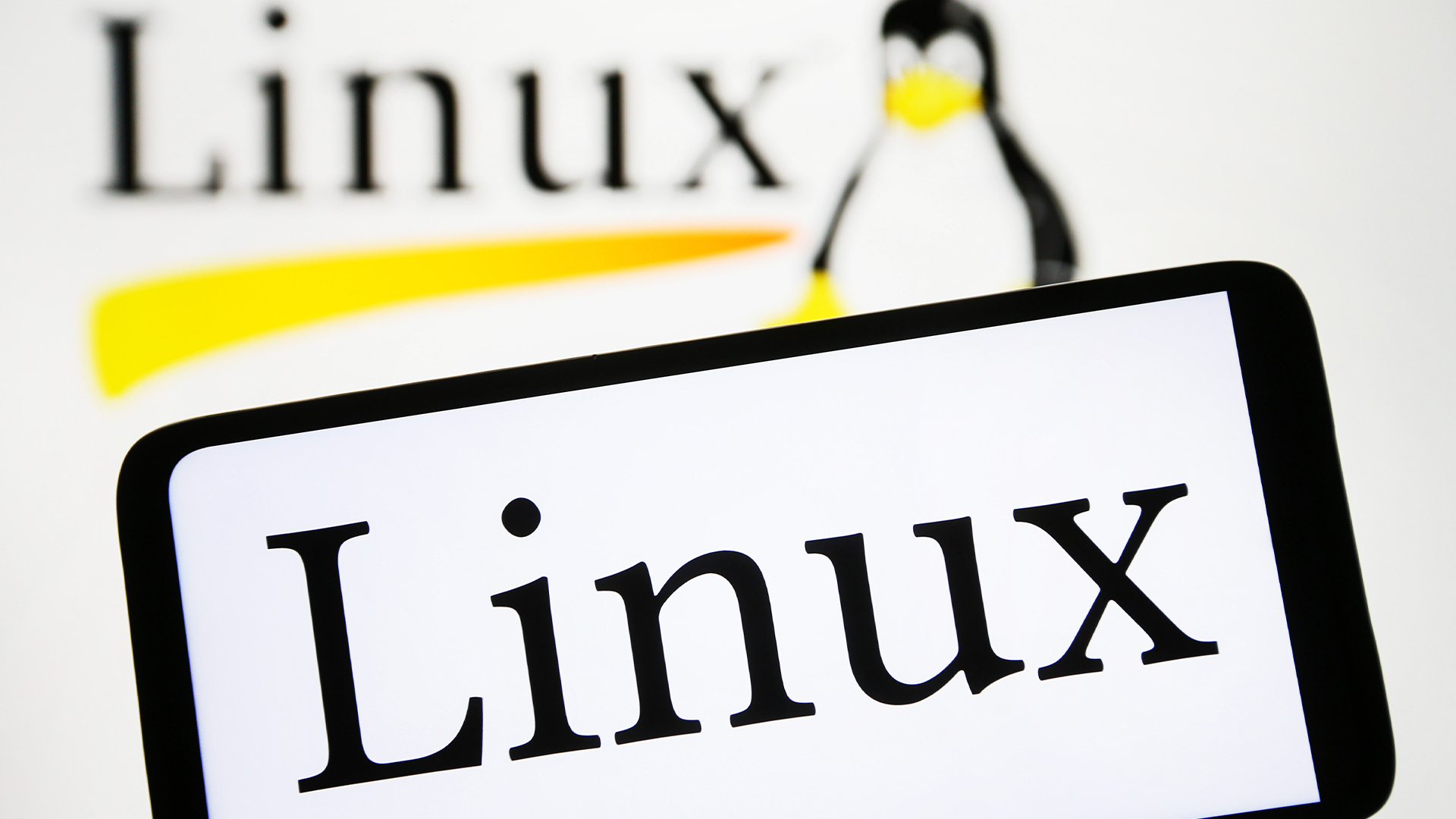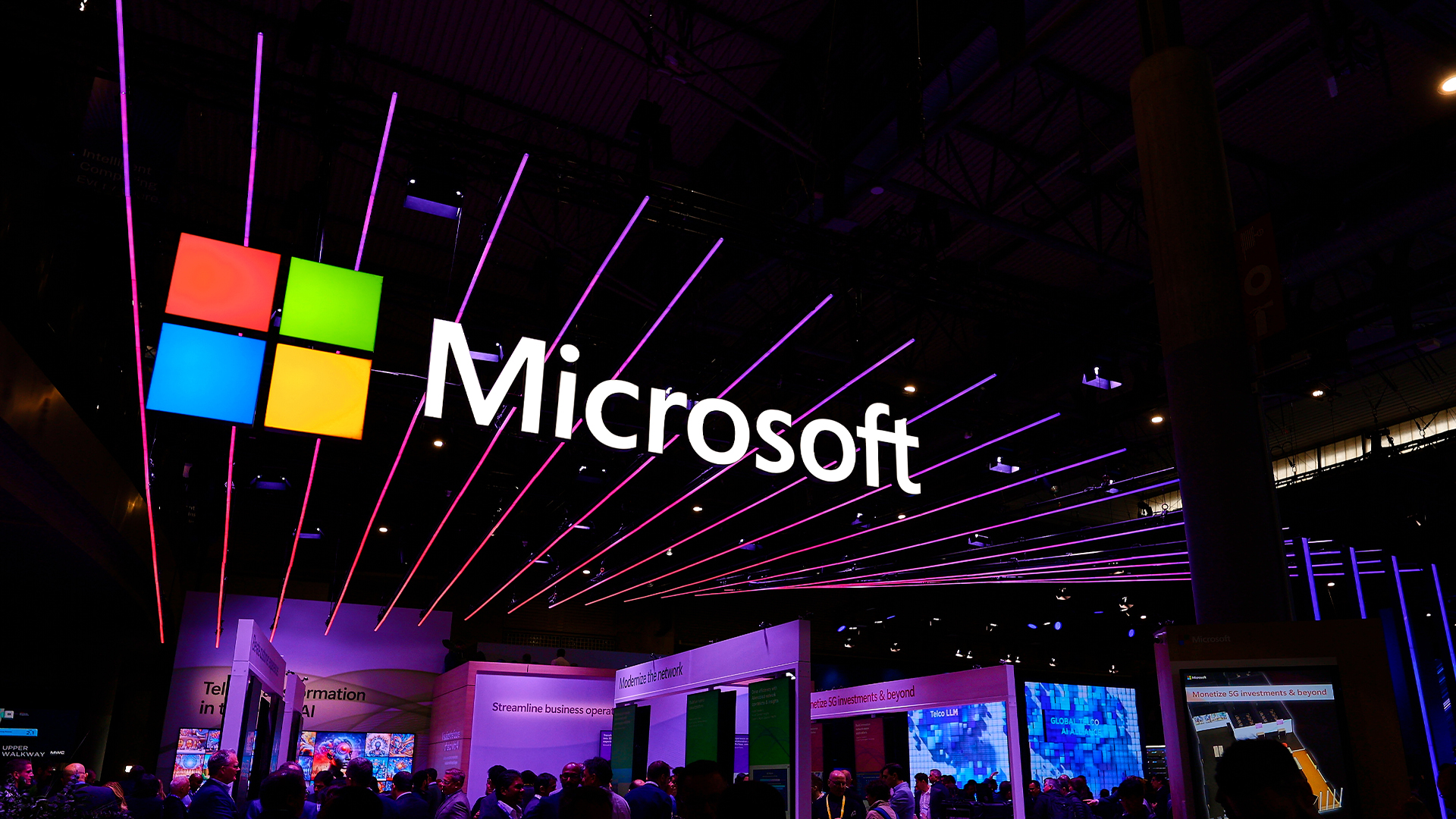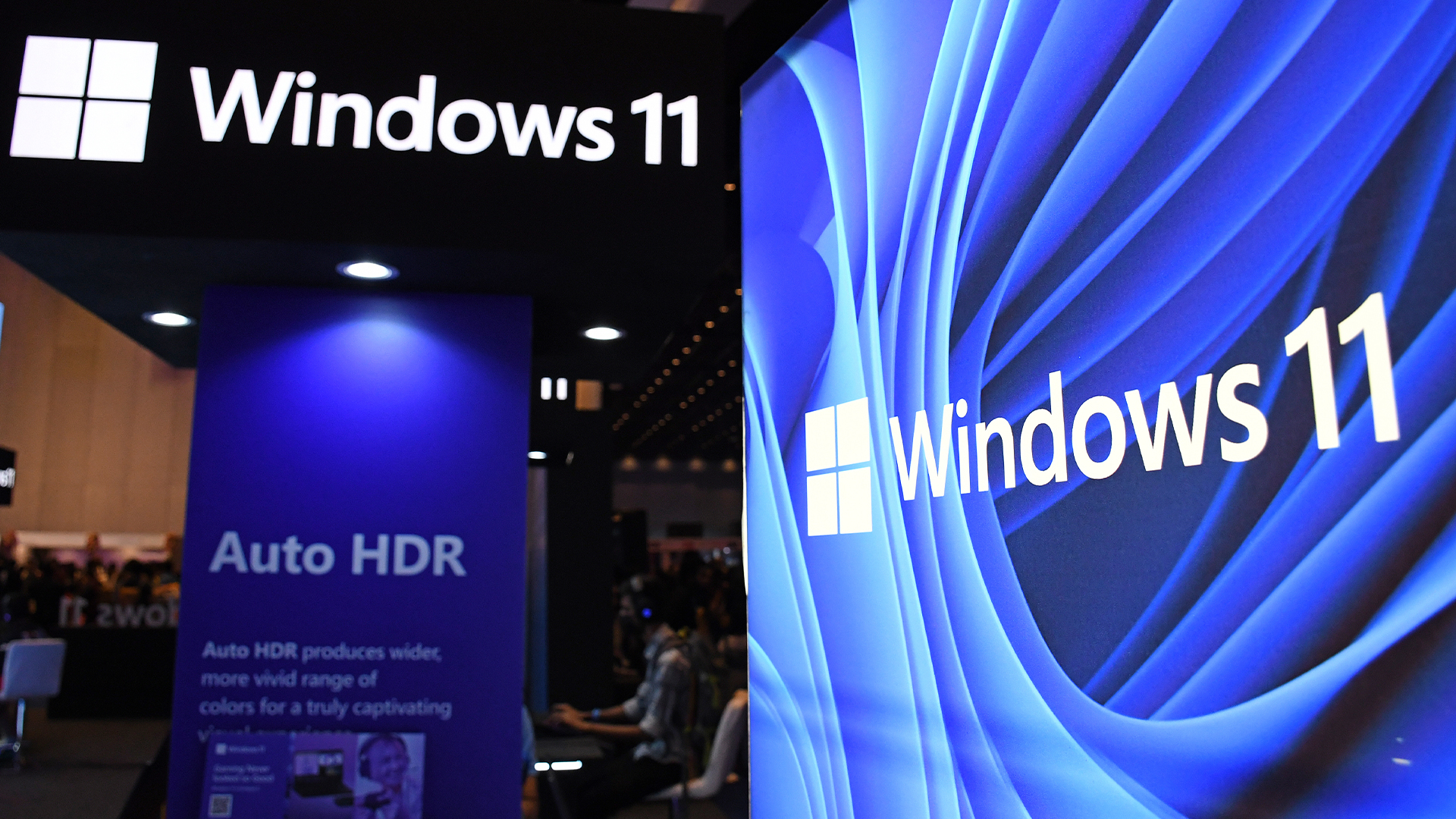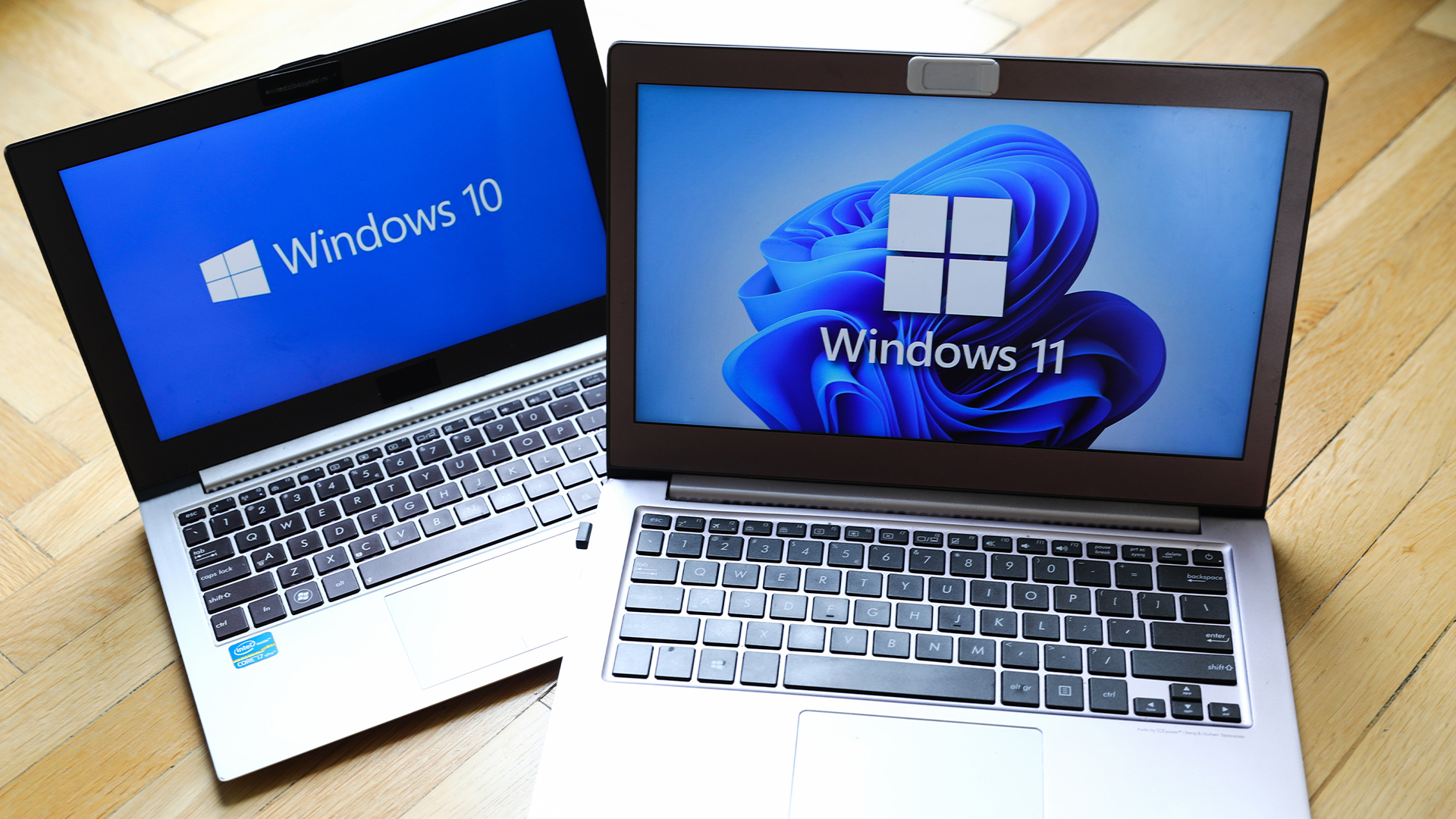Linux just hit an all-time high share of the global desktop market — and surging popularity in India is driving uptake of the open source operating system
Linux is still dwarfed by operating systems such as Windows, but it’s making modest gains off the back of growing popularity in emerging markets


The use of Linux as a desktop operating system has hit a new high, according to new data from Statcounter.
The open source operating system has appeared on just over 4% of desktops worldwide for the first time – up from just under 3% a year ago. It might not seem like much, but for a niche operating system like Linux it’s quite a big step.
So what’s driving this? Looking at the Statcounter data a little more closely, one reason for the overall rise is a big jump in the use of Linux in India – up from 8% in February last year to 15% last month.
Usage in the United States has also grown, albeit rather less dramatically from 2.5% a year ago to 3.85% last month.
Linux is free to install and can be a good way of reusing older hardware, and modern distributions are easier to work with than previously, all of which is perhaps fueling demand.
Measuring market share for operating systems is often a tricky business, and there are other sources that don’t show the same breakthrough. Gaming platform Steam reports for example that just 1.6% of the devices its customers are using are running Linux.
RELATED WHITEPAPER

Data from the US government’s Digital Analytics Program shows that the Linux operating system is found on about 2.2% of the devices that access its official websites.
Sign up today and you will receive a free copy of our Future Focus 2025 report - the leading guidance on AI, cybersecurity and other IT challenges as per 700+ senior executives
But as over half of the devices going to these sites are mobile (57%), the actual proportion of PCs running Linux will be much higher - and probably more in line with the Statcounter data.
The Linux Foundation’s own research shows that the operating system is in fine health. Nearly two-thirds (64%) of the companies it surveyed said they use it.
However, Linux is popular for everything from web servers to cloud computing – the desktop is one of its more niche uses.
Developers are one of the main groups that are still using desktop Linux – Stack Overflow’s 2023 developer survey found that 27% of developers used Ubuntu for personal and professional use, 16% said they used Windows Subsystem For Linux, and 8% said they used Debian.
There was a time when open source enthusiasts believed that desktop Linux could be a rival to Windows. However, a hugely fragmented marketplace (there are a lot of different flavors of Linux) plus the steep learning curve needed by the average user who wanted to install it, meant that challenge rather fizzled out.
That didn’t stop cries of ‘this is the year of the Linux desktop’ that lasted for a few years.
Linux is growing, but Windows can relax
As such, Microsoft can probably relax a little bit – even if the current rate of Linux growth was maintained it will still take decades for overturn Windows' market share.
In any case, the PC is now just one part of the overall computing market which encompasses smartphones, tablets, and wearable devices too.
In the broader computing ecosystem, open source is doing fine. Android – built on the Linux kernel – remains the world’s most popular operating system.
Steve Ranger is an award-winning reporter and editor who writes about technology and business. Previously he was the editorial director at ZDNET and the editor of silicon.com.
-
 The six biggest security challenges coming in 2026
The six biggest security challenges coming in 2026In-depth What will be the main challenges businesses face in 2026 and what can they do to prepare?
-
 Channel focus: All you need to know about Microsoft's partner program
Channel focus: All you need to know about Microsoft's partner programChannel Focus The veteran OS developer and vendor continues to advance its strategy, particularly in Azure cloud solutions and AI
-
 ‘1 engineer, 1 month, 1 million lines of code’: Microsoft wants to replace C and C++ code with Rust by 2030 – but a senior engineer insists the company has no plans on using AI to rewrite Windows source code
‘1 engineer, 1 month, 1 million lines of code’: Microsoft wants to replace C and C++ code with Rust by 2030 – but a senior engineer insists the company has no plans on using AI to rewrite Windows source codeNews Windows won’t be rewritten in Rust using AI, according to a senior Microsoft engineer, but the company still has bold plans for embracing the popular programming language
-
 Microsoft Excel is still alive and kicking at 40 – and it's surging in popularity as 82% of finance professionals report ‘emotional attachment’ to the spreadsheet software
Microsoft Excel is still alive and kicking at 40 – and it's surging in popularity as 82% of finance professionals report ‘emotional attachment’ to the spreadsheet softwareNews A recent survey found Gen Z and Millennial finance professionals have a strong “emotional attachment” to Microsoft Excel
-
 Microsoft’s Windows chief wants to turn the operating system into an ‘agentic OS' – users just want reliability and better performance
Microsoft’s Windows chief wants to turn the operating system into an ‘agentic OS' – users just want reliability and better performanceNews While Microsoft touts an AI-powered future for Windows, users want the tech giant to get back to basics
-
 Windows 10 end of life has passed – here's your business guide to Windows 11
Windows 10 end of life has passed – here's your business guide to Windows 11In-depth As Windows 10's mainstream support ends, it's time for businesses who have yet to upgrade to take a second look at Windows 11
-
 Microsoft 365 price hikes have landed the tech giant in hot water
Microsoft 365 price hikes have landed the tech giant in hot waterNews Australian regulators have filed a lawsuit against Microsoft for allegedly misleading users over Microsoft 365 pricing changes.
-
 Microsoft issues fix for Windows 11 update that bricked mouse and keyboard controls in recovery environment – here's what you need to know
Microsoft issues fix for Windows 11 update that bricked mouse and keyboard controls in recovery environment – here's what you need to knowNews Yet another Windows 11 update has caused chaos for users
-
 Windows 10 end of life could create a major e-waste problem
Windows 10 end of life could create a major e-waste problemNews The study marks the latest Windows 10 end of life e-waste warning
-
 Microsoft Office 2016 and 2019 are heading for the scrapheap next month – but there could be a lifeline for those unable to upgrade
Microsoft Office 2016 and 2019 are heading for the scrapheap next month – but there could be a lifeline for those unable to upgradeNews The tech giant has urged Office 2016 and Office 2019 users to upgrade before the deadline passes
